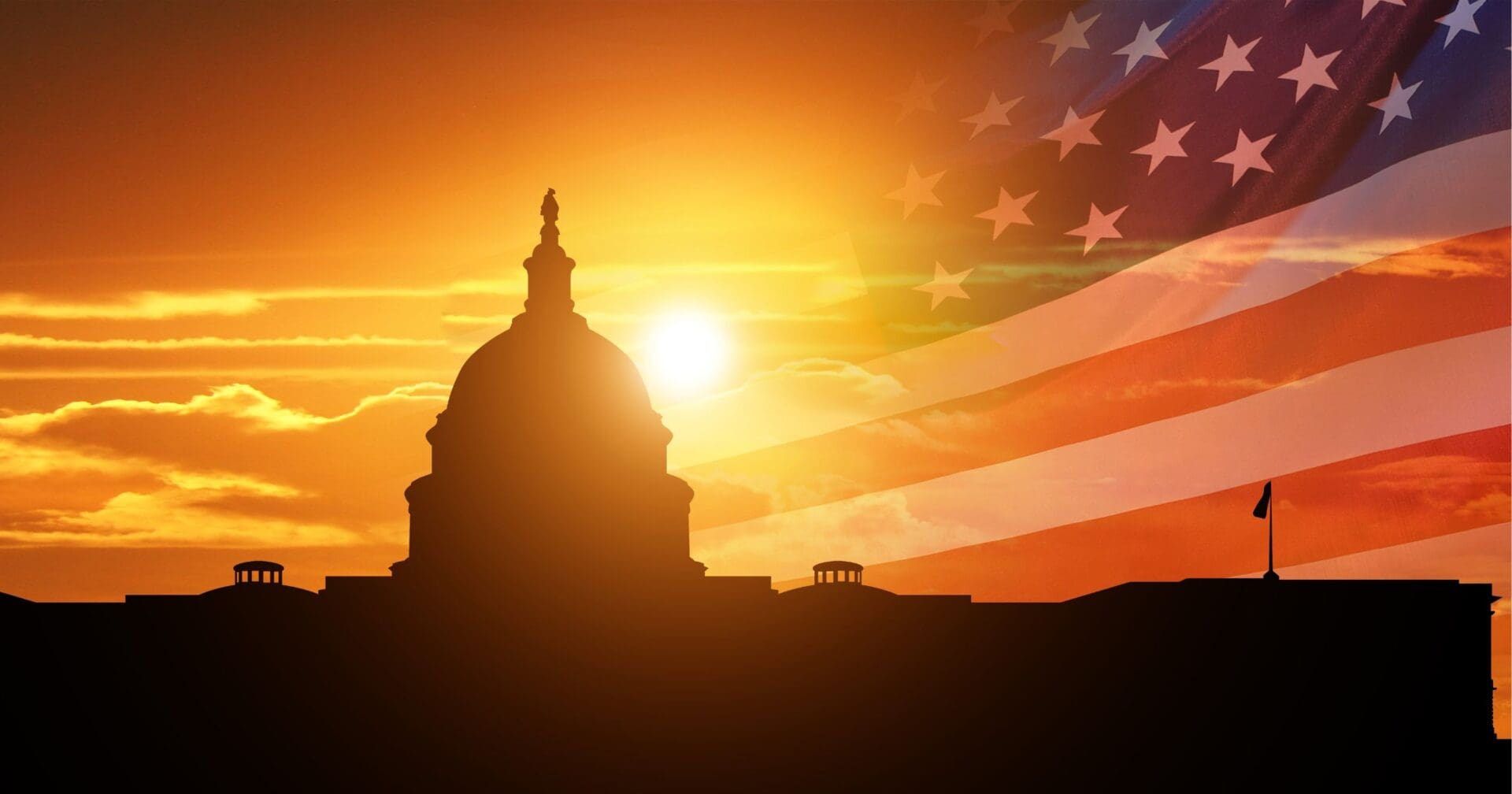In 1507, German cartographer Martin Waldseemüller created a map of the world that is now known as “America’s birth certificate,” an impressive combination of cartography and artistry.
Assembled from 12 panels and covering a 36-square-foot area, the map is the only known surviving copy from the 16th century. The Library of Congress recently acquired it for a staggering $10 million, half of which was funded by private donations, including a substantial contribution from the Discovery Channel.
The map, which now resides in the Library of Congress, has been dubbed “the first map to depict clearly a separate Western Hemisphere, with the Pacific as a separate ocean,” according to a press release. Yet, some experts argue that Waldseemüller had also created “globe gores,” woodcuts that could be assembled into a globe, that displayed similar features, even using the name “America.” These globe gores may have been produced shortly before the larger map, according to several sources.
Interestingly, the name “America” comes from Italian explorer Amerigo Vespucci, who has been criticized as a liar for exaggerating his voyages and contributions. Nevertheless, Waldseemüller decided to name the New World in his honor, perhaps unaware of Vespucci’s dishonesty. Regardless of the controversy surrounding its naming, Waldseemüller’s map remains an invaluable artifact.
“The map, giving our hemisphere its name for the first time, will be the keystone of the Library’s unparalleled collection of maps and atlases,” said James H. Billington, the Librarian of Congress in 2003.
The map’s intriguing details and historical significance make it a fascinating relic that continues to capture the imagination of scholars and the public alike.














